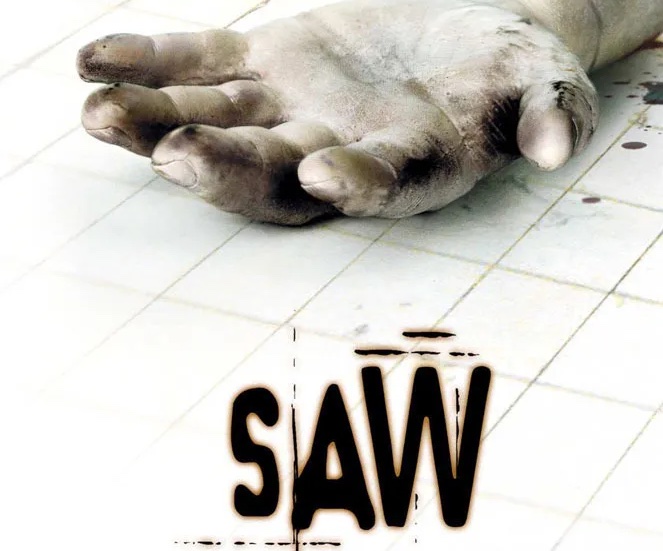Guest blog by Jamie Wood

Are you working in media and responsible for generating or pitching creative ideas?
Every channel has its limitations – instead of allowing this to be a barrier, make your medium’s limitations part of the creative process.
It’s an abstract concept but read on!
The movie SAW was the brainchild of two young Australian filmmakers James Wan and Leigh Whannell.
A gore-filled, R-rated, “B-grade” horror flick made on a shoestring budget of $1 million in 2004; SAW defied all expectations in terms of box office performance and critical acclaim.
Knowing they had serious budgetary constraints, the filmmakers made a deliberate decision to use their limitations to their advantage.
A SIMPLE PREMISE OF 2 PEOPLE TRAPPED IN A ROOM
They started with this and then crafted a story around the scenario. Were it not for this self-imposed barrier, the story as we know it likely wouldn’t exist.
A SUB-NICHE GENRE
Without a big marketing budget they needed to create a unique film within a genre that already had a built-in audience. Word of mouth from a passionate core fan base would drive most of the films marketing
CLAUSTROPHOBIC CINEMATOGRAPHY
This is my favourite, lots of film budgets are chewed up with big grandiose “establishing shots” i.e the outside of a building before it cuts to the scene with actors inside.
Removing these establishing shots meant that every scene takes place in a closed-in room, giving the film a very claustrophobic feel. This boxed-in feeling created with the audience served as a vehicle to support the story and enhance the movie.
SO WHAT?
The $103 million worldwide Box Office Gross aside, using their limitations as the vessel for creativity rather than a hinderance allowed them to create a truly unique film.
When thinking about creativity in the context of our medium, it will serve you to ask this question
“how do we make our limitations part of the aesthetic of our idea?”
Check out some podcasts below which unpack the creative & pitch process
by Jamie Wood